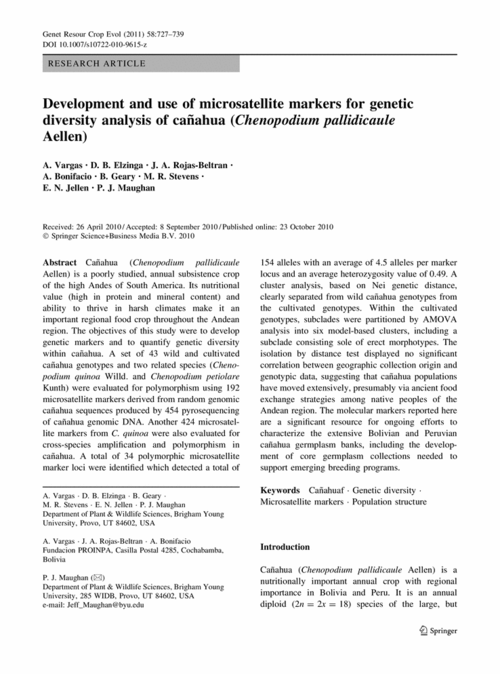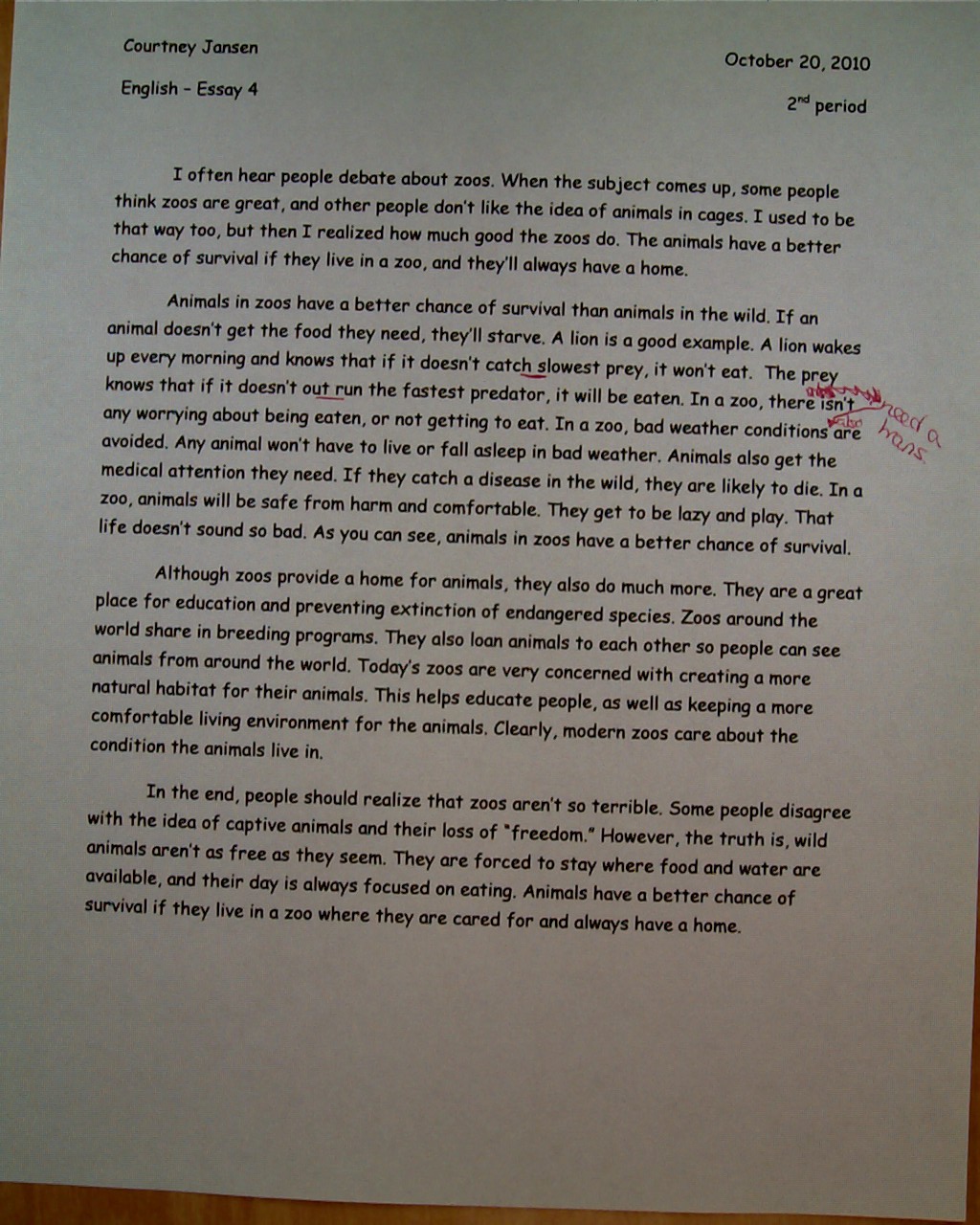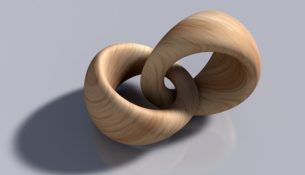What are the advantages and disadvantages of the flying.
John Kay, English machinist and engineer, inventor of the flying shuttle, which was an important step toward automatic weaving. The son of a woolen manufacturer, Kay was placed in charge of his father’s mill while still a youth. He made many improvements in dressing, batting, and carding machinery.The flying shuttle was invented by John Kay, an Englishman, in 1733. Kay was seeking for a new kind of shuttle that would speed up the relatively slow pace of hand weaving. The role of the shuttle is to insert the weft between the warp threads on the loom. The warp threads run vertically from the front of the loom to the back, and the weaver.Flying shuttle, Machine that represented an important step toward automatic weaving. It was invented by John Kay in 1733. In previous looms, the shuttle was thrown, or passed, through the threads by hand, and wide fabrics required two weavers seated side by side passing the shuttle between them.
Uncertainty, cost and noise undermine the case for a new runway.The guy who created the flying shuttle is John Kay. what are the advantages and disadvantages of the DVORAK what are the advantages and disadvantages of the DVORAK an advantages is that it is.

This chair was used by John Kay, the inventor of the flying shuttle. He was born at Rothwell's of the Park, Walmersley, Bury in 1704. In 1733 Kay invented the wheel shuttle (Flying Shuttle) this.












